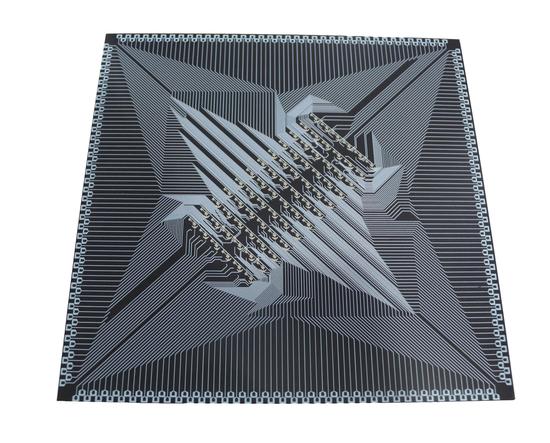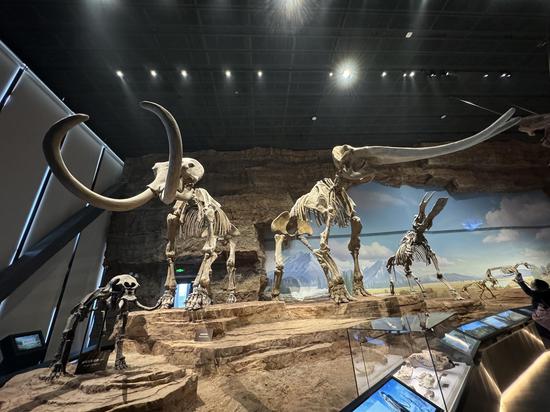Chinese and British scientists have mapped the growth and development of human limbs in utero at the cellular level, providing insights that could impact the diagnosis and treatment of congenital limb syndromes.
A report of the study, conducted by researchers of China's Sun Yatsen University, Britain's Wellcome Sanger Institute and their partners, was published in the international science journal Nature last month.
As part of the Human Cell Atlas initiative, which aims to chart the types and properties of all human cells, the researchers created an atlas characterizing the cellular landscape and pinpointing the exact location of the cells of early human limbs by applying single-cell and spatial technologies.
The atlas uncovers new links between developmental cells and some congenital limb syndromes, such as short fingers and extra digits.
Limbs are known to initially emerge as undifferentiated cell pouches on the sides of the body, without a specific shape or function. After eight weeks of development, they are well differentiated, anatomically complex and immediately recognizable as limbs, complete with fingers and toes.
This requires a very rapid and precise orchestration of cells. Any small disturbances to this process can have a downstream effect, according to Zhang Hongbo, senior author of the study from the Zhongshan School of Medicine at Sun Yat-sen University in Guangzhou, Guangdong province.
Abnormalities in the limbs are among the most frequently reported syndromes at birth, affecting approximately one in 500 births globally.
While limb development has been extensively studied in mouse and chick models, the extent to which they mirror the human situation remains unclear, Zhang said.
In the study, scientists analyzed tissues between five and nine weeks of development. This allowed them to trace specific gene expression programs, activated at certain times and in specific areas, which shape the forming limbs.
Special staining of the tissue revealed how cell populations arrange themselves into patterns of the forming digits.
In the study, the team identified 67 distinct cell clusters from 125,955 captured single cells, and spatially mapped them across four first-trimester time points to shed new light on limb development.
The scientists demonstrated that certain gene patterns have implications for how the hands and feet form, and identified certain genes, which, when disrupted, are associated with specific limb syndromes like short fingers and extra fingers or toes.
The team was able to confirm that many aspects of limb development are shared between humans and mice.
"For the first time, we have been able to capture the remarkable process of limb development down to single-cell resolution in space and time. Our work on the Human Cell Atlas is deepening our understanding of how anatomically complex structures form, helping us uncover the genetic and cellular processes behind healthy human development, with many implications for research and healthcare," said Sarah Teichmann, senior author of the study from the Wellcome Sanger Institute.
"For instance, we discovered novel roles of key genes MSC and PITX1 that may regulate muscle stem cells. This could offer potential for treating muscle-related disorders or injuries," she said in a statement issued earlier.
Although the direct application of the related technologies in the medical field remains minimal, an in-depth understanding of the cell fate would make its fuller application possible in the future, Zhang said.
His team is also studying the aging of human muscles, including the types of cells in muscles and how the cells interact to result in muscle aging.


















































 京公网安备 11010202009201号
京公网安备 11010202009201号